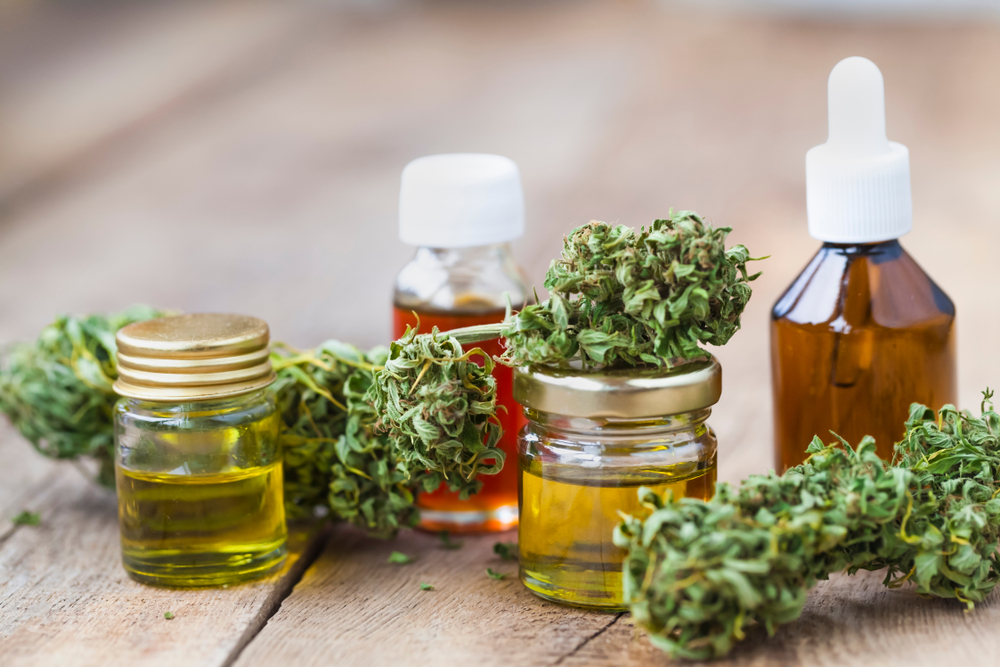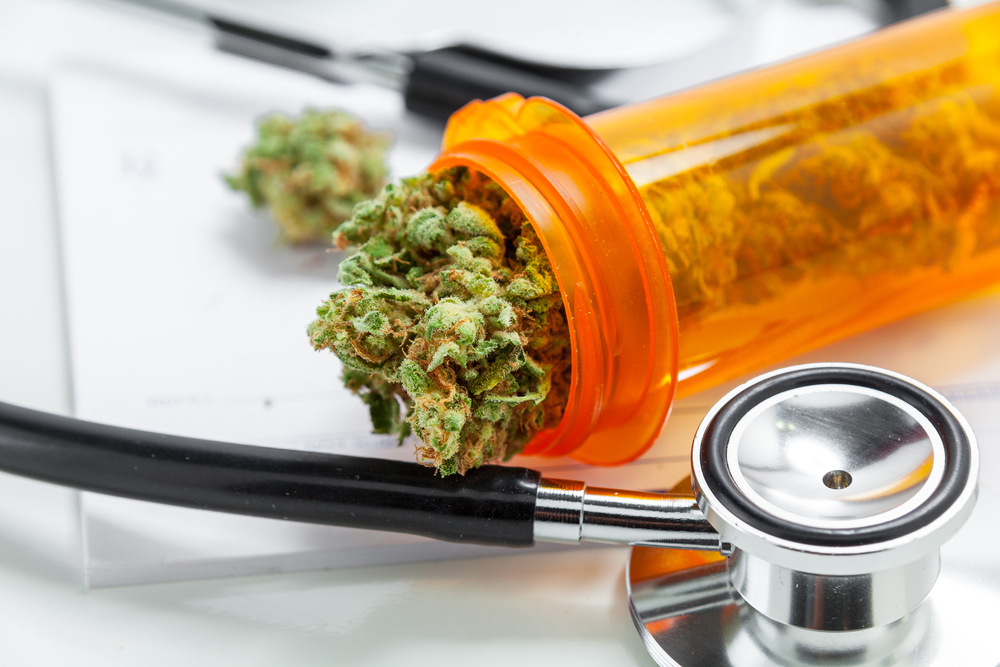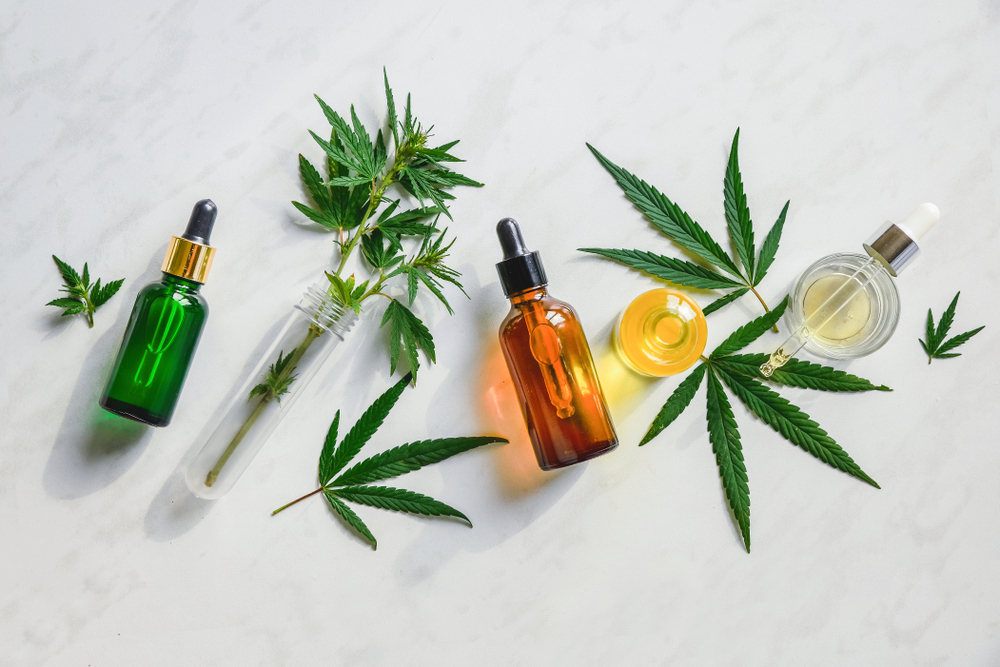If you consider yourself an avid cannabis user, chances are that you might not know what cannabinol (CBN) is but you’re aware of what tetrahydrocannabinol (THC) and cannabidiol (CBD) are.
These are the two most popular cannabinoids of the bunch, however, these two are just a couple of many other compounds that are produced from the cannabis plant. Each of these cannabinoids have their own unique special effects and medical benefits, usually working together synergistically to provide a vast array of therapeutic benefits.
Though research is quite limited, the known benefits of cannabinol have already proven to be quite impressive.
We thought it would be helpful to give you a better understanding of how your cannabis affects you and what each of the different cannabinoids brings to the table.
If you would like to take a deep dive into the world of cannabinoids and learn more about the characteristics of cannabinol, keep on reading!
What Exactly is Cannabinol?

While everyone is aware of the two all-stars, tetrahydrocannabinol (THC) and cannabidiol (CBD), a new up and comer on the scene is slowly winning the love and affection of many medical experts and wellness gurus alike. That up and comer is none other than CBN.
Cannabinol is one of many several different minor cannabinoids produced by the cannabis plant. Over time as cannabis ages, the active THC in cannabis oxidizes and gets converted into CBN. CBN is known to be synergistic with both tetrahydrocannabinol THC and CBD for therapeutic treatment.
It has the ability to reduce intraocular pressure in the eyes, making it a potentially viable alternative treatment for Glaucoma.
It has been noted that researchers were aware of the presence of CBN in marijuana for quite some time, but lack of research halted further development.
As it currently stands, medical research on CBN is in the nascent stage, with limited testing on the compound.
Due to the nature of CBN being found in aged cannabis, CBN has been associated with lower-tier marijuana, which has also created a stigma around the said cannabinoid. Further medical progress in the study of cannabis may hopefully persuade the populous to see a change in disposition towards CBN.
CBN currently is not on the list of controlled substances in the United States. However, CBN may be considered an analog of cannabidiol (CBD) and/or tetrahydrocannabinol (THC).
There may be a potential for legal issues as these two compounds are still both considered Schedule I substances in certain areas of the United States.
How Do I Find CBN?
CBN is the byproduct of tetrahydrocannabinol (THC) oxidation, it is created through the aging of cannabis. Due to the nature of its production, CBN would be usually found in trace amounts in aged cannabis.
Generally speaking, the older the cannabis, the higher the CBN levels. A useful tip to note is that the production of CBN can be expedited if the cannabis is exposed to heat, light or oxygen. With that being said, it also comes at no surprise that cannabis which is improperly stored or cured tends to be higher in CBN levels when compared to cannabis that has undergone proper storage and curation.
It is important to note that finding strains high in CBN may be a bit more difficult than finding a strain that is high in cannabidiol (CBD). This is generally due to the fact that consumers are attracted to cannabis which is fresh rather than aged.
With that being said, CBN specific products are slowly entering the market as research unravels its true potential. Since CBN is usually found in aged weed and in such small quantities, it is a lot harder to come by.
Some may even be turned away from it as the idea of aged weed suggests a lack of freshness to the product. Regardless of this, many people are coming to appreciate CBN and its therapeutic effects.
Potential Benefits of Cannabinol (CBN)

Though scientific research on CBN right now is sparse, there are many potential benefits of CBN. Most notably, CBN has demonstrated the ability to provide users with an aid to insomnia due to its potent sedative qualities. Current research also suggests that CBN has the potential to reduce pain, inflammation, and possesses anti-bacterial characteristics.
Though the use of CBN is a perfectly fine therapeutic treatment on its own, its strength lies in its unique characteristic of providing enhanced effects when used in tandem with other cannabinoids.
According to the British Journal of Pharmacology, it was discovered that when THC was used in tandem with CBN, it produced a strong sedating effect on its users, providing a strong alternative to pharmaceuticals.
This translated into a beneficial treatment to ease patients into a deeper, more well-rested slumber. It was found that CBN may be also used on its own to alleviate the difficulties of restlessness, helping to treat symptoms of insomnia and reduce inflammation.
Cannabinoids have a unique ability to work together to provide a plethora of interesting effects and results. This is why your high may feel different depending on the type of strain you are consuming. This phenomenon is referred to as the entourage effect.
As you may have guessed, stale weed is generally associated with a loss of potency and vigor. This is due to the lack of active tetrahydrocannabinol (THC) and the presence of CBN which is largely non-psychotropic.
Dr. Jeremy Riggle, the Chief Science Officer of Mary’s Medicinals, has clarified that cannabinol has approximately one-tenth of the potency that tetrahydrocannabinol (THC) carries due to a weaker affinity towards binding to CB1 receptors.
This is why older weed tends to be less potent but may still possess a sedating effect and cause drowsiness. As it currently stands, improved sleep is one of the main benefits of CBN as its heavy sedative qualities can help its users achieve a deeper slumber with little to no psychoactive effects.
Through limited research, it is also thought that CBN, when used in tandem with CBD may provide an even greater sedative ability by working synergistically.
Whether it be to curb an episode of insomnia or reduce inflammation, CBN may be the wingman that tetrahydrocannabinol (THC) and CBN need, as evidence suggests a strong synergy when used with one another.
Side Effects of Cannabinol (CBN)
Although mostly harmless, it is important to note that all cannabinoids may display potential side effects if consumed in excessive quantities. The side effects of consuming excessive quantities of CBN fall in a territory very close to that of the side effects of cannabidiol (CBD). With that being said, individuals who consume large quantities of CBN in a single sitting may be prone to experiencing the following:
1) Fatigue
2) Drowsiness
3) Dizziness
4) Loss of appetite
These side effects may easily be avoided by exercising caution when dosing with CBN. It is highly recommended to start off slow and measure dosages accordingly.
CBN vs CBD – What’s The Difference?
Although CBN and cannabidiol (CBD) do share many similarities, they differ in the way they are produced as well as their specific effects.
While cannabinol itself is largely non-psychotropic, it may produce very mild psychoactive effects in its users, not limited to drowsiness and lack of appetite.
In terms of production, CBN is a byproduct of cannabis that is developed over time through the oxidization of tetrahydrocannabinol (THC). Naturally, as cannabis ages, the production of CBN increases.
It is also important to note that the oxidation of tetrahydrocannabinol (THC), or the production of CBN may be expedited when the tetrahydrocannabinol (THC) is exposed to heat, light, or oxygen.
With that being said, you will find that cannabis products left around exposed to light and heat will generally have higher cannabinol levels when compared to fresh marijuana that has just been harvested.
A notable difference in production is that it is not the genetic factors of the plant which dictates the amount of CBN levels present in a cannabis product, but rather the environmental factors at play. This is a stark contrast to cannabidiol (CBD) which is the complete opposite, as the genetic information of the cannabis plant decides how much cannabidiol (CBD) is present in the cannabis product.
In terms of effects, CBN is geared towards treating inflammation and sleep deprivation. It boasts extremely strong sedative effects, catering to issues revolving around sleep deprivation. cannabidiol (CBD) on the other hand, may be used to treat the likes of anxiety, depression, and even insomnia, albeit to a lesser extent.
Concluding Thoughts on Cannabinol

Although information and research on cannabinol is still in the embryonic stage, it is hard to say what the future holds for this cannabinoid.
However, with the advent of research covering its inherent therapeutic and medical benefits, CBN is slowly but surely on the rise to becoming a more popular choice of medical treatment.
Now that you have an overview of one of the top trending cannabinoids, that is another tool in your belt to help you understand how certain cannabinoids can help target and alleviate different issues. We hope we have helped you to better understand what cannabinol is, and the therapeutic benefits it can provide.
As always, happy smoking!


 No products in the cart.
No products in the cart.